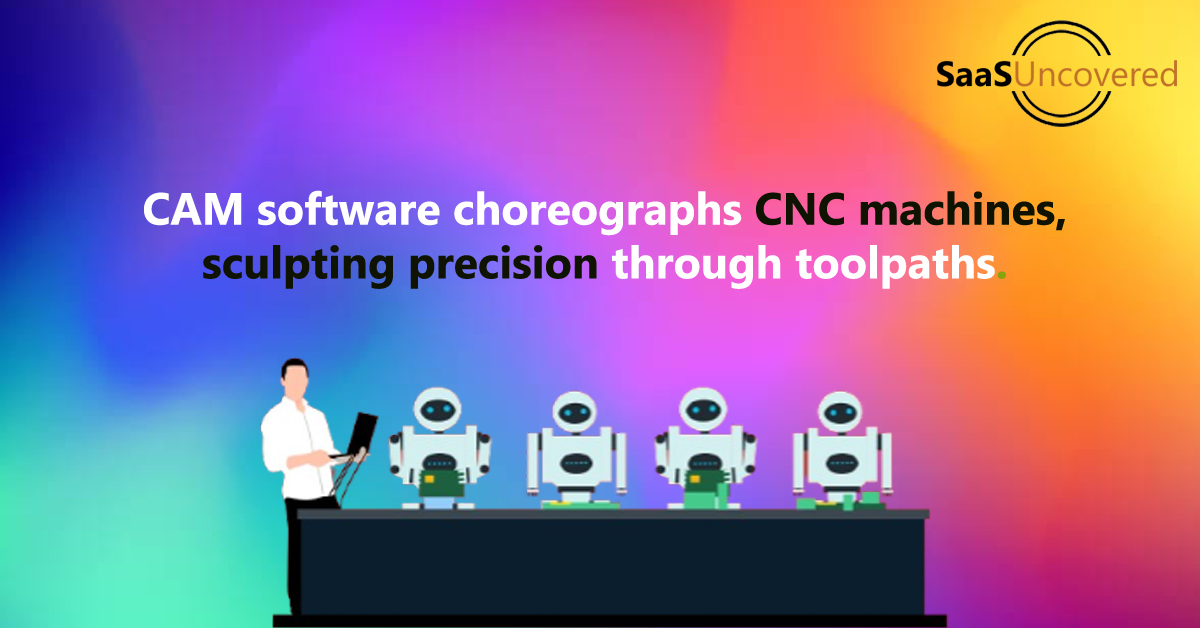Computer-Aided Manufacturing (CAM)
Software is used by computer-aided manufacturing (CAM) to provide detailed instructions (G-code) to inform the computer numeric control (CNC) machinery on producing objects by generating toolpaths.
Updated: November 22, 2023

Software is used by computer-aided manufacturing (CAM) to provide detailed instructions (G-code) to inform the computer numeric control (CNC) machinery on producing objects by generating toolpaths. The tracks followed by the cutting tool during the machining process is known as toolpaths.
The process of manufacturing can be automated by CAM software. Manufacturers can produce parts in less time as the software reduces wastage and increases production efficiency. You can streamline processes and manufacture objects with high levels of precision and accuracy when a combination of CAM and computer-aided design (CAD) software is used.
Process automation, Machining and Integration are benefits of using computer-aided manufacturing (CAM). The dependency on manual operations can be eliminated and cost efficiency and productivity can be increased with automation. Machining capabilities can be improved by CAM to facilitate the production of parts and finished products. Effective communication among the design and manufacturing teams can be facilitated by integrating CAD and CAM platforms.
Cost control, less potential hazards, effective management and reduced wastage are some of the impacts of using CAM. Automated systems can be leveraged to monitor the machinery and ascertain any potential flaws in the systems. Alerts are generated to notify the users on time if any issue is detected which helps in taking corrective measures and resuming processes without any delay.